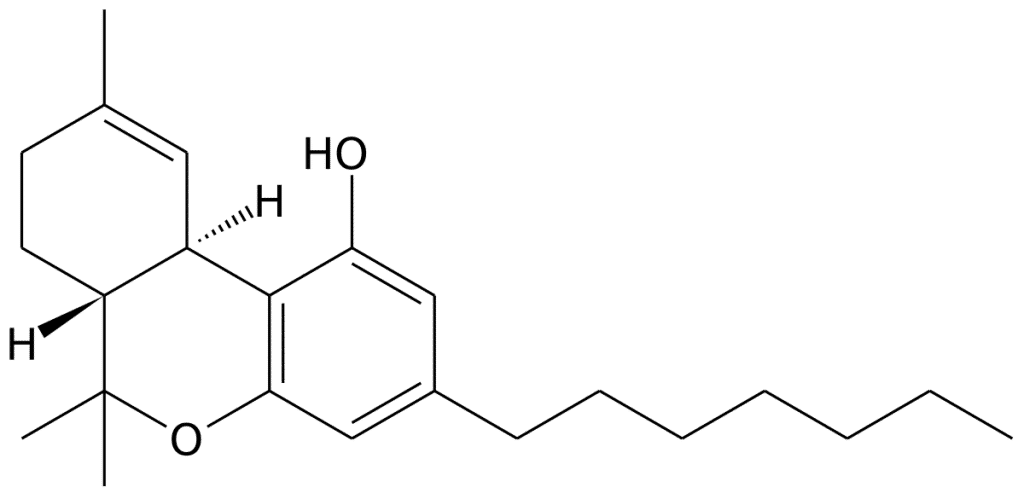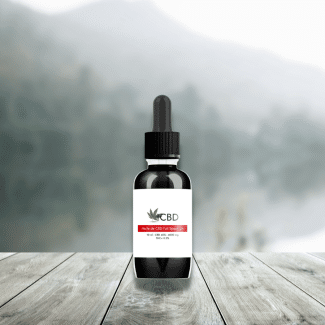
Let's discover H3CBN: a breakthrough in the treatment of chronic pain and inflammation
What is H3CBN? The world of medical research, always at the forefront of innovation, continues to seek new solutions to combat a multitude of disorders and diseases. Recently, H3CBN, a newly discovered molecule, has emerged as a promising option to combat chronic pain and inflammation. This blog post will explore H3CBN, its characteristics and its therapeutic potential in depth. Where to find H3-CBN in France?
Understanding H3CBN
H3CBN is a molecule synthesized by experts in organic chemistry. Although it is still in the exploration phase, its remarkable potential has attracted the attention of the scientific community. Its uniqueness lies in its ability to specifically target certain cellular receptors that play a crucial role in the management of pain and inflammation.
The impact of H3CBN on chronic pain and inflammation
Preliminary studies of H3CBN have demonstrated its effectiveness in treating chronic pain and inflammation. Here are the main capabilities of this innovative molecule:
Anti-inflammatory action: H3CBN has demonstrated the ability to inhibit many inflammatory mediators, such as pro-inflammatory cytokines. This characteristic could help reduce inflammation in various pathologies. Analgesia: this molecule acts on cellular receptors that influence the perception of pain, which could help reduce the pain felt by patients with chronic pain. These properties make H3CBN a prime candidate for the treatment of various diseases characterized by chronic pain and inflammation. However, to fully assess its therapeutic potential, further studies are needed.

How does H3CBN work?
H3CBN works primarily by targeting certain cellular receptors involved in the regulation of pain and inflammation. These receptors include:
CB1 receptors: widely present in the central nervous system, they play an important role in the modulation of pain and the inflammatory response. H3CBN can bind to these receptors and exert an analgesic and anti-inflammatory effect. CB2 receptors: mainly located in the immune system, they are also associated with the regulation of inflammation and pain. The interaction between H3CBN and these receptors reinforces its therapeutic effect. By specifically targeting these receptors, H3CBN can exert a selective and effective action on the mechanisms responsible for chronic pain and inflammation, while minimizing the undesirable side effects often linked to conventional treatments.
The future prospects of H3CBN
Despite the promising findings to date, H3CBN is still in its infancy as a medical treatment. Several challenges remain to be overcome before this molecule can be used clinically:
Preclinical Studies: Further research is needed to evaluate the safety and effectiveness of H3CBN in animal models of chronic pain and inflammation. Clinical Trials: If preclinical studies are positive, human clinical trials will be necessary to confirm the effectiveness and safety of H3CBN in the treatment of various diseases.
Formulation optimization: Significant work will also be required to develop a suitable pharmaceutical formulation that will allow H3CBN to be administered effectively and safely. In conclusion, H3CBN is a promising molecule that offers new opportunities for the treatment of chronic pain and inflammation. Thanks to its targeted action on the CB1 and CB2 receptors , this molecule could represent a valuable alternative to currently available treatments.
However, further research is needed to confirm its therapeutic potential and enable its possible use in medical practice.
To go further: Towards a new era of pain treatment with H3CBN?
Research into H3CBN and its potential for treating chronic pain and inflammation raises interesting questions for the future of medicine. Here are some of the directions this research could take to deepen our understanding and use of this promising molecule.
- Potential applications of H3CBN in other conditions: Besides chronic pain and inflammation, it would be interesting to study whether H3CBN can be used to treat other conditions. The CB1 and CB2 receptors, which H3CBN targets, are involved in various biological processes. Therefore, H3CBN could also be useful in the treatment of neurological disorders, autoimmune diseases, or even certain types of cancer.
- Combined use of H3CBN with other medications: To increase the effectiveness of treatment, H3CBN could be used in combination with other medications. This could make it possible to reduce the necessary doses of each medication and thus reduce the risk of side effects.
- Optimization of the route of administration of H3CBN: Depending on the nature of the condition to be treated, different routes of administration could be more effective. For example, for skin conditions, a topical formulation might be preferred. For more deeply rooted disorders, oral or injection administration may be necessary.
- Studying the long-term effects of H3CBN: Although preliminary studies show that H3CBN is promising for the treatment of chronic pain and inflammation, the long-term effects of this molecule remain unknown. Additional studies over a longer period will be needed to evaluate possible side effects and long-term safety of H3CBN.
In conclusion, while H3CBN opens promising new perspectives for the treatment of chronic pain and inflammation, many questions remain unanswered. Scientists, doctors and patients look forward to future advances in this exciting field.

















